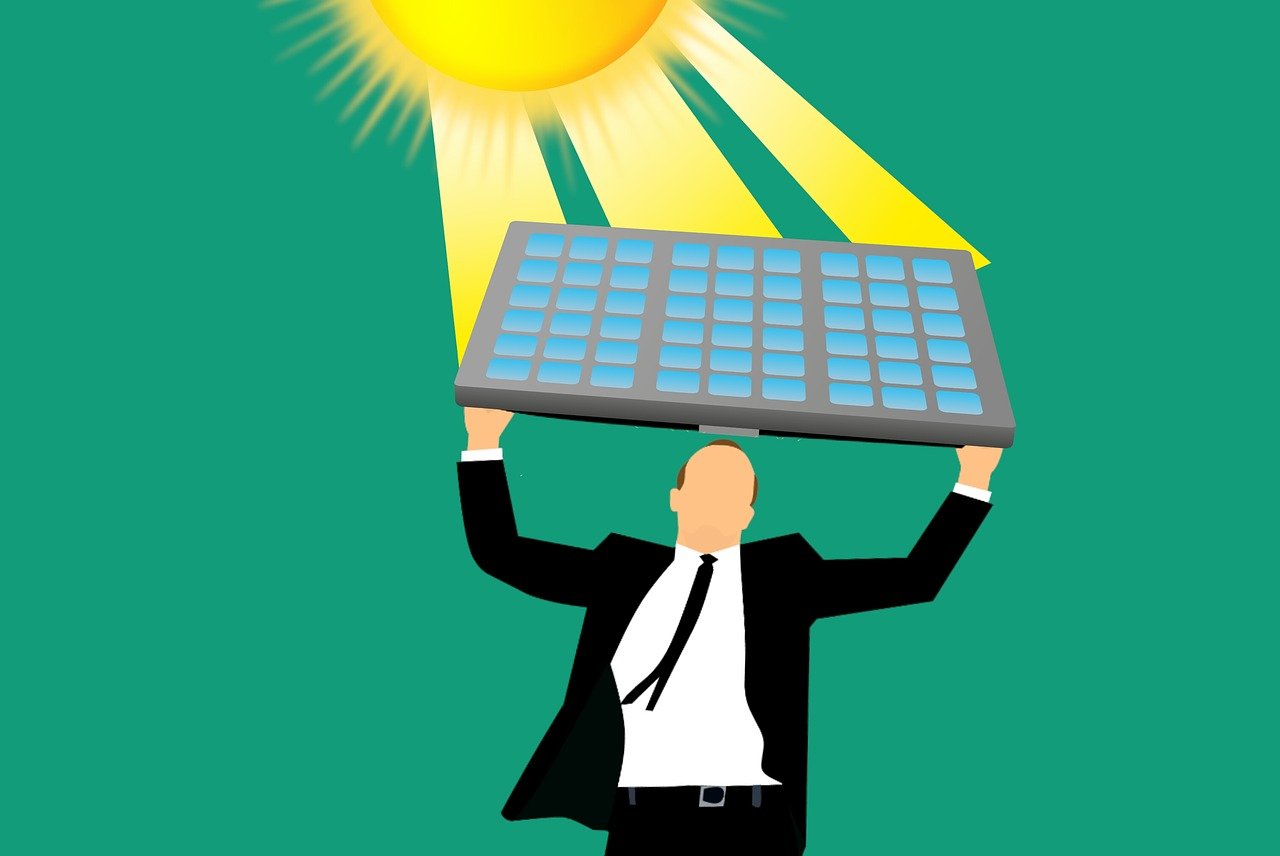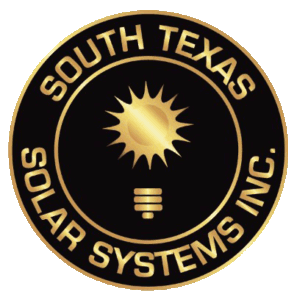
If you want to make the most of your investment in solar power, you need to set it up right! To help you do just that, we have a guide on how to optimize solar energy production with proper placement.
Understanding solar energy efficiency
Understanding the concept of solar panel efficiency is crucial when trying to optimize solar energy production. Solar panel efficiency reflects how well your solar panels convert sunlight into electricity. It is measured as a percentage, indicating the amount of sunlight the panel can convert into electricity. So, higher efficiency means more electricity generation from the same amount of sunlight. Factors such as the quality of the solar cells, the design of the panel, and the technology used all play a role in determining efficiency. By choosing solar panels with higher efficiency, homeowners and businesses can maximize their energy output and reduce their reliance on the traditional grid. So, it is important to consider efficiency along with other factors, such as cost and available space, when selecting solar panels for installation.
Assessing site potential
Assessing the potential of a site is a crucial step if you want to optimize solar energy generation. So, the experts from National Moving Services recommend figuring out what you have to work with before committing to a plan! Before installing anything, conducting a thorough site survey to evaluate various factors is important. This includes assessing the amount of sunlight the site receives throughout the year! Identifying potential shading sources is also essential, as shading can significantly impact performance. Homeowners and businesses can make the right decisions about panel placement by understanding the site’s characteristics, such as its orientation, inclination, and shading patterns.
Determining optimal orientation
Determining their optimal orientation is crucial to get the most out of your solar panels. The orientation refers to the direction in which the panels face, and it plays a significant role in maximizing their energy generation potential. Ideally, they should be oriented toward the direction that receives the most sunlight throughout the day. This usually means facing south in the Northern Hemisphere and north in the Southern Hemisphere. By facing them toward the sun’s path, they can capture sunlight more effectively, producing higher energy. Adjusting the tilt angle of the panels is also important, as it determines how directly the sunlight hits the panels. This angle can be optimized based on the site’s latitude and the desired energy generation during different seasons.
Roof-mounted systems
Roof-mounted systems are a popular choice for solar panel installations, offering numerous benefits for homeowners and businesses. This involves installing panels directly on the roof of a building, utilizing the available roof space to generate clean energy. Roof-mounted systems are advantageous because they efficiently use the existing infrastructure, eliminating the need for additional land. Before installing them, however, it is essential to evaluate the suitability of the roof. Factors such as roof inclination, orientation, and shading must be considered to ensure optimal results. Assessing the roof’s structural integrity is also crucial to ensure it can support the weight of the panels. Additionally, roof-mounted systems offer the advantage of reducing energy transmission losses by minimizing the distance between the panels and the electrical system of the building. This results in more efficient energy generation and cost savings.
Ground-mounted systems
Ground-mounted systems provide a versatile and practical solution for solar panel installations, particularly in cases where roof space is limited or unsuitable. This involves placing panels on the ground, typically in open areas such as yards, fields, or unused land. Ground-mounted systems offer several advantages, including the flexibility to optimize placement for maximum sunlight exposure. Unlike roof-mounted systems, ground-mounted solutions allow for easy adjustments of tilt angles and orientations to capture the most sunlight throughout the day and year. They also minimize shading issues and provide better accessibility for maintenance and cleaning.
Additionally, ground-mounted systems offer scalability, as additional panels can be added as needed to increase energy generation capacity. Another advantage is that you can easily integrate ground-mounted systems with tracking systems. This allows the panels to follow the sun’s movement for further improved results.
Tracking systems
Tracking systems are an advanced technology that can significantly enhance the efficiency of solar energy generation. These systems enable panels to dynamically follow the sun’s path throughout the day dynamically, optimizing their angle of incidence and maximizing energy output. So, by continuously adjusting the orientation of the panels, tracking systems ensure that the panels receive direct sunlight for a more extended period. There are two types of systems for tracking you’ll likely have to choose from:
- Single-axis tracking systems rotate the panels on a single axis, usually from east to west, to follow the sun’s daily movement.
- Dual-axis tracking systems tilt the angle of the panels to track the sun’s movement horizontally and vertically.
While tracking systems offer increased energy production, they require more complex mechanisms and maintenance than fixed systems.
Mitigating shading effects
Mitigating shading effects is crucial in optimizing solar energy generation and ensuring maximum efficiency. Shading can significantly reduce the performance of solar panels by obstructing sunlight and creating “hot spots.” In order to mitigate shading effects, it is important to identify potential shading sources such as nearby buildings, trees, or other structures. Utilizing shade analysis tools can help determine the extent and timing of shading throughout the day and year. Once you identify shading sources, you can implement strategies to minimize their impact. These strategies may include adjusting the placement or height of nearby objects, trimming or removing trees or foliage, or utilizing shading structures such as awnings or solar panel tilting systems. Implementing micro-inverters or power optimizers can also help mitigate shading effects on individual panels.
Considering environmental factors if you want to optimize solar energy production
Environmental factors play a crucial role in the performance and longevity of solar panels. For instance, assessing wind loads and potential risks is essential to ensure the panels can withstand strong winds. Additionally, accounting for snow accumulation and removal is crucial in regions with cold climates to prevent damage and maintain optimal energy generation. You should also take into account local climate conditions, such as temperature, humidity, and precipitation, as they can impact the efficiency of solar panels. By considering these environmental factors, homeowners and businesses can design and install solar panel systems that are resilient and capable of withstanding the specific conditions in their area. As such, just as when trying to figure out how to organize a summer move if relocating in hot weather, you need to carefully consider the environmental factors before setting up your solar panel system!
Monitoring and maintenance
Monitoring and maintenance are key to ensuring your solar energy system’s long-term performance and reliability. Regular monitoring allows you to track energy production and identify any potential issues or deviations. This helps detect and promptly address problems, maximizing the system’s efficiency. Maintenance tasks include cleaning the solar panels to remove dirt and debris that can reduce their effectiveness. Additionally, pay attention to easily damaged parts, such as solar batteries. So, regular inspection and testing of components ensure proper functioning and identify any signs of wear or damage. It’s also important to follow manufacturer guidelines and consult professionals for any necessary repairs or replacements!
Working on setting up your solar power system in an optimal way
With what we covered on how to optimize solar energy production with proper placement, you have a place to start! Of course, note that it’s best to have professional support every step of the way when setting things up.
